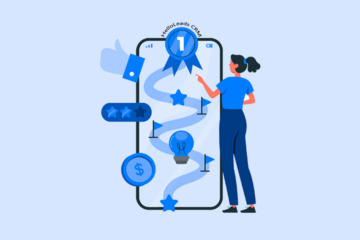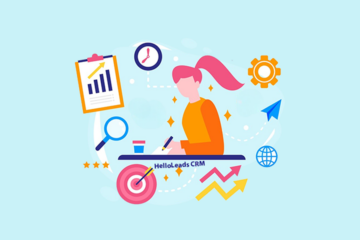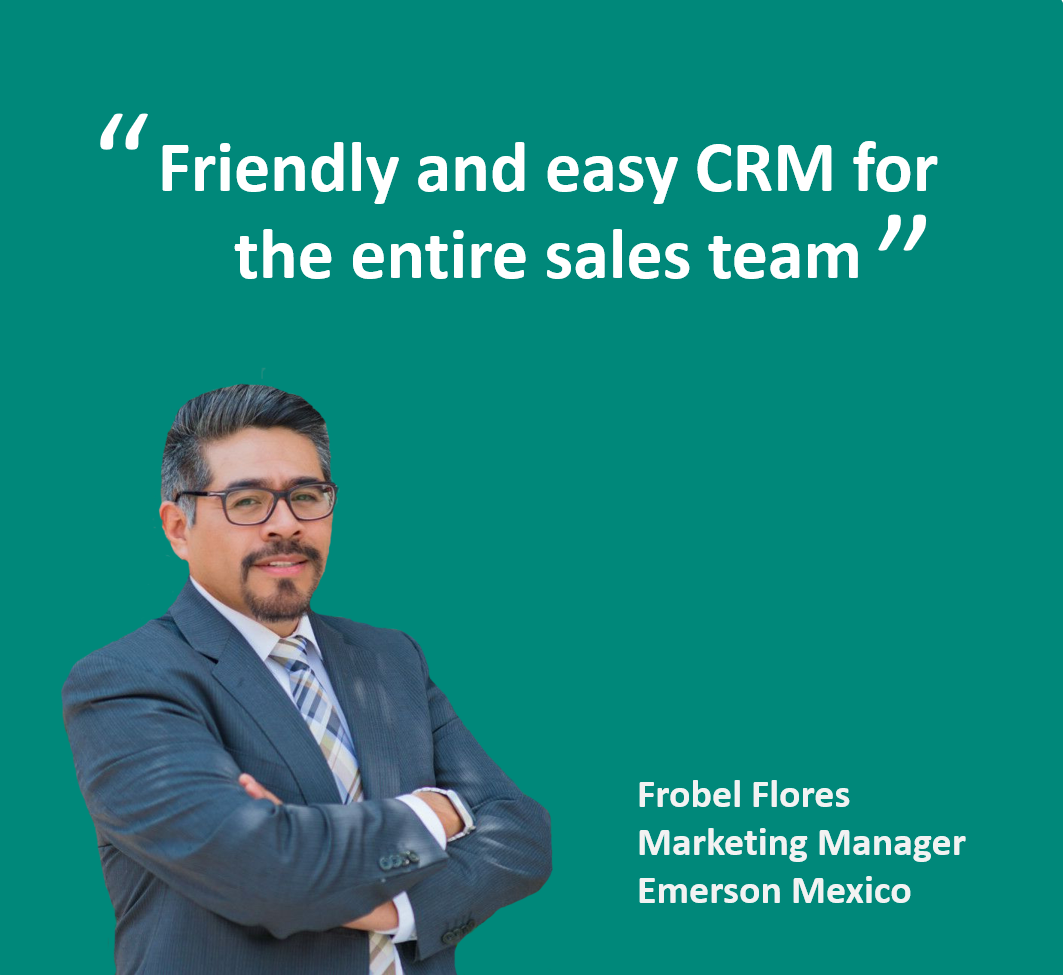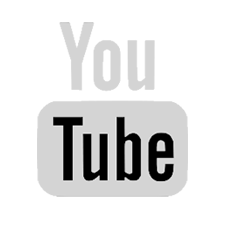
We live in an era of constant digital connectivity, where the line between work and personal life is becoming increasingly blurred. Emails ping, notifications chime, and demands for our attention multiply at an overwhelming pace. It’s no wonder so many of us feel like we’re constantly treading water, struggling to keep our heads above the surface of a never-ending tideof tasks.
This feeling of being perpetually overwhelmed is a common experience for professionals today. The pressure to meet deadlines, exceed expectations, and stay ahead of the curve is immense. Unfortunately, this constant stress can create a vicious cycle—the more overwhelmed we feel, the harder it becomes to focus, which leads to delays, missed opportunities, and even more stress.
But here’s the good news: productivity isn’t a fixed trait—it’s a skill that can be learned, developed, and optimized. It’s not about working harder or clocking in longer hours. It’s about working smarter. It means streamlining your workflow, reducing distractions, and maximizing what you accomplish with the time you have. This blog is your guide to unlocking your inner productivity powerhouse. We’ll delve into 20 simple yet effective productivity hacks that can transform your work habits. Whether you’re a seasoned professional or just starting your career, these productivity hacks can help you unlock your full potential, increase your efficiency, and achieve a greater sense of fulfilment in your work and life.
So, let’s dive in and discover how to make the most of your time and achieve your goals with greater ease and efficiency.
1. Plan Your Day

Starting your day with a clear plan sets a strong foundation for productivity. Taking a few minutes the night before or in the morning to list your priorities can significantly impact your day’s effectiveness. Break down larger tasks into smaller, actionable steps, and assign specific time blocks to each one.
A well-structured plan removes the mental burden of constant decision-making throughout the day. You’ll know exactly what needs to be done and when, allowing you to dive into your work with greater focus, purpose, and clarity.
2. Streamline your tasks
Streamline your workflow by leveraging templates and automation for repetitive tasks. Whether it’s drafting emails, creating presentations, or planning projects, pre-designed templates eliminate the need to start from scratch each time, saving you valuable time and mental energy. Additionally, batch similar tasks together to maximize efficiency. By dedicating specific time blocks to related activities—such as replying to emails, scheduling meetings, or making phone calls—you reduce context switching and maintain a steady rhythm in your work. . These two simple strategies can significantly boost your productivity and free up mental bandwidth for more creative and strategic endeavors.
3. Time Blocking
Time blocking is a simple yet incredibly effective productivity strategy. It involves dedicating specific time slots to particular tasks, making it easier to stay focused and organized. For example, set aside mornings for deep, uninterrupted work on your most demanding projects. This could include writing, research, or any task that requires significant mental concentration. Afternoons can then be set aside for meetings, emails, or administrative work that require less mental energy.
This method helps combat multitasking—a habit that may feel efficient but often leads to reduced quality, increased stress, and mental fatigue. Research shows that even brief task-switching can reduce productivity by up to 40%.
By blocking out time for individual tasks, you minimize distractions, sharpen your focus, and ensure that each activity gets the attention it deserves.
4. Rule based time allocation
The Two-Minute Rule is a simple yet powerful productivity technique that can significantly declutter your mind and boost your efficiency. Instead of allowing small tasks to accumulate, this rule encourages you to take immediate action. If a task can be done in two minutes or less—such as sending a quick email, filing a document, or returning a phone call—do it right away.
By handling these small tasks on the spot, you prevent them from piling up, becoming distractions, or weighing on your mental bandwidth. This proactive approach helps maintain momentum and allows you to focus more effectively on complex, high-priority tasks—without the constant nagging feeling of unfinished business.
5. 80/20 Rule
The Pareto Principle, or the 80/20 Rule, highlights that a small percentage of your efforts often yield a disproportionately large percentage of your results. By identifying and focusing on these high-impact activities, you can dramatically increase your productivity. For example, in sales, 20% of your clients might generate 80% of your revenue. Focusing on nurturing those key relationships and maximizing their potential will yield far greater returns than spreading your efforts thin across all clients. Applying this principle to your daily tasks helps you prioritize effectively, eliminate time-wasting activities, and achieve more with less effort.
6. Set Clear Limitations
In today’s hyper-connected world, our devices can easily become both our greatest tools and our biggest distractions. Constant notifications and the allure of social media can hijack our attention and derail our productivity.
To reclaim control of your time, it’s essential to set clear digital boundaries. Turn off non-essential notifications, enable “Do Not Disturb” during focused work sessions, and schedule specific time blocks for checking social media.
By intentionally managing your tech usage, you reduce distractions, enhance your focus, and protect your mental energy.
7 . Invest in Workspace
Your workspace plays a critical role in shaping your productivity. A well-thought-out environment promotes focus, comfort, and efficiency.
Invest in ergonomic furniture, such as a supportive chair, to maintain good posture and reduce physical strain. Optimize lighting to prevent eye fatigue and boost alertness. Declutter your space to minimize visual distractions and create a calming, organized atmosphere.
A thoughtfully designed workspace promotes mental clarity and sustained focus, helping you work more efficiently.
8. Declutter Workspace
A clutter-free workspace—both physical and digital—is essential for optimal productivity. A tidy desk reduces distractions and promotes a sense of order and calm.
Digitally, organize files and folders clearly, unsubscribe from unnecessary newsletters, and limit the number of open browser tabs to avoid overwhelm.
Creating a streamlined, clutter-free environment reduces stress and frees up mental energy, making it easier to focus and stay on task.
9 . Leverage Morning Routines
A structured morning routine can be a game-changer for your productivity and overall well-being. Instead of reacting to the day as it unfolds, you proactively shape it. By dedicating the first few hours of your day to intentional activities, you cultivate a sense of calm and focus. This could involve a short workout, a mindful breakfast, or a dedicated time for journaling and planning. By prioritizing self-care and goal setting in the morning, you set a positive tone for the rest of the day, increasing your chances of success and reducing stress.
10 . Regular Breaks

Contrary to popular belief, taking breaks isn’t a sign of laziness; it’s essential for sustained productivity. Short, regular breaks allow your mind to rest and recharge, preventing burnout and improving focus. Techniques like the Pomodoro Technique, with its 25-minute work intervals followed by short breaks, can significantly boost your efficiency. Studies have shown that employees who take regular breaks experience increased work happiness and productivity. By incorporating short breaks throughout your workday, you’ll find yourself more energized, focused, and ultimately, more successful in achieving your goals.
11 . Mastering the Art of Saying “No”
In today’s fast-paced world, it’s easy to get overwhelmed by the constant demands placed on your time. Saying “yes” to every request may feel polite or productive, but it can quickly lead to burnout and reduced effectiveness.
Learning to say “no” gracefully is a vital productivity skill. It’s not about being rude or unhelpful—it’s about protecting your time and energy so you can stay focused on what truly matters.
Politely but confidently decline requests that don’t align with your priorities. This might mean turning down unnecessary meetings, delegating tasks, or setting clear boundaries for when you’re available.
Remember, saying “no” to distractions is saying “yes” to your goals.
12 .Healthy lifestyle
Fueling your body and mind is essential for sustained productivity. A healthy lifestyle enhances your energy, focus, and resilience—key ingredients for high performance.
Eat nutrient-rich foods, stay well-hydrated, and make movement part of your daily routine. Keep a water bottle nearby, snack on fruits or nuts, and take short walks during breaks to re-energize your body.
These small but meaningful habits sharpen mental clarity, boost focus, and reduce stress, helping you stay productive throughout the day while supporting your overall well-being.
13 . Flexible Approach
Even the most meticulously planned schedules can be derailed by unexpected events. To navigate these disruptions, cultivate a flexible approach. Build buffer time into your schedule to accommodate unforeseen delays or challenges. Maintain a list of low-priority tasks to tackle when your focus wanes, preventing unproductive time. By adopting a flexible mindset and adjusting as needed, you maintain momentum, reduce stress, and increase your ability to stay on track, no matter what the day throws at you.
14 . Rewarding Small Wins
Recognizing small achievements is a powerful way to stay motivated and build momentum. Every completed task—no matter how small—deserves acknowledgment.
Did you finish a tough project? Take a well-earned break. Cross something off your list? Pause and appreciate your progress. These small rewards boost confidence and reinforce positive habits, encouraging continued effort toward bigger goals.
By celebrating small wins, you create a sense of progress and a more rewarding path to long-term success.
15 . Review on Weekly
Regularly reviewing your week is crucial for continuous improvement. By dedicating a short time, perhaps 15 minutes each Friday, to reflect on your accomplishments, identify challenges, and plan for the week ahead, you gain valuable insights. This practice allows you to identify what’s working well and what needs adjustment. For example, you can list three accomplishments from the past week, one area where you struggled, and one specific change you’ll implement in the coming week to improve your workflow or overcome a recurring obstacle. This structured reflection fosters a cycle of continuous learning and helps you maximize your productivity and achieve your goals more effectively.
In conclusion, achieving peak productivity is not about superhuman effort or sacrificing your well-being. It’s about cultivating sustainable habits and developing a mindful approach to your work. By implementing these 15 productivity hacks, you can take greater control of your time, reduce stress, and reach your goals with more ease and efficiency. Remember that consistency is key. Start by incorporating one or two of these strategies into your routine and gradually build upon them. Celebrate your successes, learn from your setbacks, and continuously adapt your approach to find what works best for you. By embracing a proactive and mindful approach to your work, you can unlock your full potential and achieve a greater sense of fulfillment in all areas of your life.
Share this blog :










